Namely, at the intersections of the main and secondary directions of division, border altars were erected in ancient times, and churches were often built in later periods on the sites of the ancient cult. The best example is the church of St. Andrew built on the site of the so-called- umibilicus, the midpoint of the field at which the directions of the main decumanus and cardia intersect.
CHURCH OF ST. MICHAEL
Church of St. Michael was built on the hill Gradac on the southern edge of the Ston field. The continuity of the settlement of this area can be traced back to prehistoric times when there was an Illyrian fortified settlement over whose remains an ancient fortress was built, administratively the center of the ancient Stamnum or Stagnum. This pre-romanesque church probably originated in the 9th or early 10th century.
CHURCH OF ST. PETER
Church of St. Peter is located in Zamlinje at the foot of the hill Gradac, where first ancient, then early medieval Ston spread. The building complex dates back to the 6th century in the early Christian era, when a single-nave building with a horseshoe apse was built, along which a simple rectangular room was upgraded on the north-west side.
CHURCH OF ST. JOHN
Church of St. John is located in Zamlinje, east of the hill Gradac and St. Michael, in the area of the former ancient settlement (Stamnum or Stagnum), and then the early medieval Ston. Like other sacral buildings in the field, it was created on one of the secondary directions of the ancient division of land. The church is a single-nave building with an elongated rectangular ground plan with a wide semicircular apse, which presupposes the original early Christian church, which underwent significant changes in the early Romanesque period, and in the late Middle Ages (15th century). Systematic archaeological research, which has not yet been conducted here, should define all construction phases.
CHURCH OF ST. ( MARY ) MANDALJENE - GORICA
Church of St. Mandaljene (originally St. Mary) is located in the southeastern part of Ston field on the hill Gorica. It was built in the 6th century over the remains of an earlier ancient building complex , along one of the secondary directions of the ancient division of land. The church is a basilica with a very elongated rectangular ground plan, without side rooms, and together with the subsequently upgraded lobby, it has a total length of 43 m.
CHURCH OF ST. STJEPAN -BARE
Church of St. Stjepan is located in the southeastern part of Ston`s field in the area of Bare, on one of the side routes of the ancient division of land. Archaeological research has shown that the early Christian basilica of the Naronitan type from the 6th century built over the remains of earlier ancient architecture perhaps also of a cult character. The basilica has a wide semicircular apse, and an upgraded room on the north side. Within the sanctuary of the basilica, a small church was built in the early Middle Ages (10th / 11th century), which typologically belongs to the so-called South Dalmatian coupons a type of pre-Romanesque architecture of an unbroken outer wall cloak. Several graves have been found next to the church, which according to the method of burial can be dated from the period of late antiquity to the Middle Ages.
Ston has value as a planned city built, according to Dubrovnik layout.
Field of the Ston municipality reveals a story about history, from prehistoric times until today.
The story of the time and culture is evident from numerous archaeological sites, churches and chapels, stone mounds and walls,
remains of the Napoleonic road and monestary.All this creates a story about the time and Culture of region Ston.
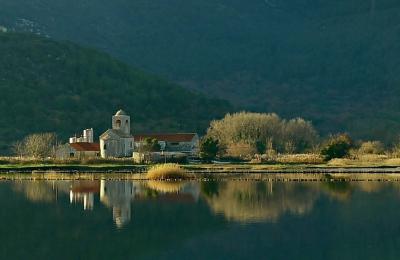
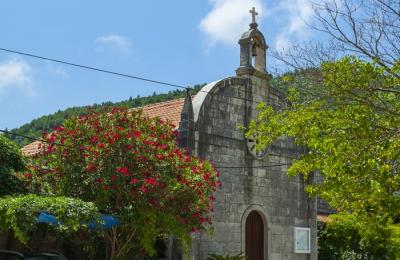
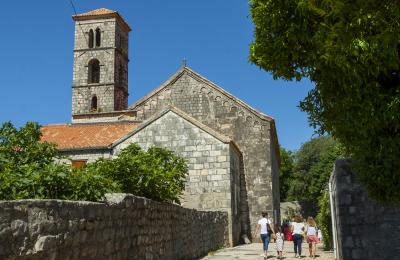
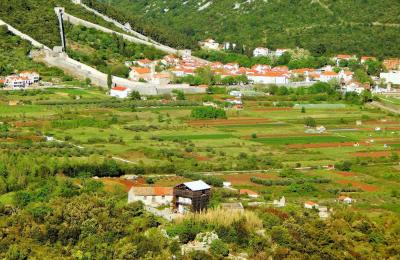
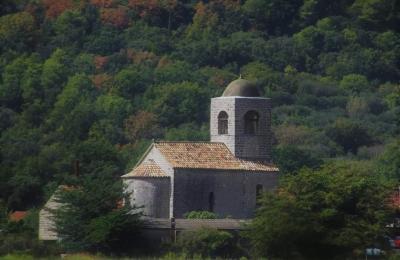
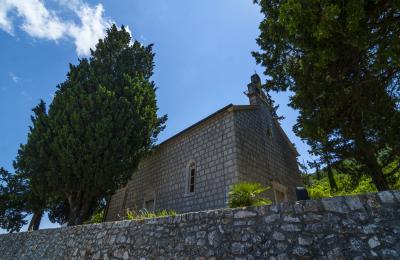
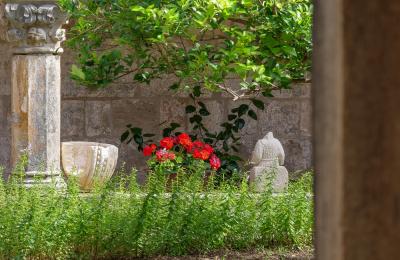
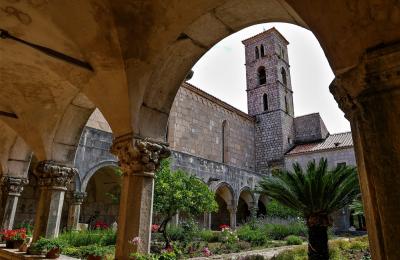
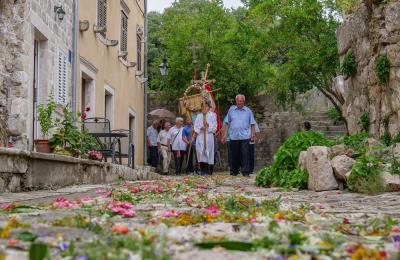
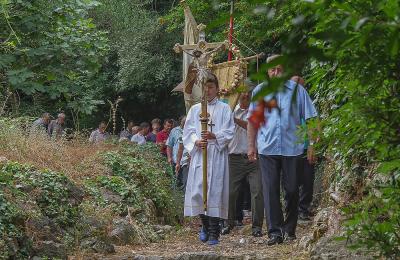
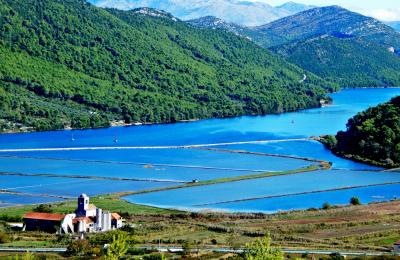
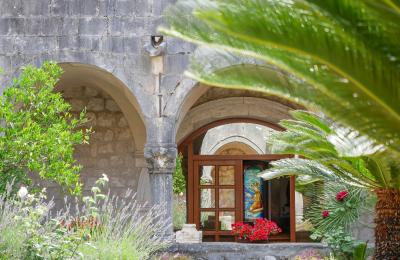
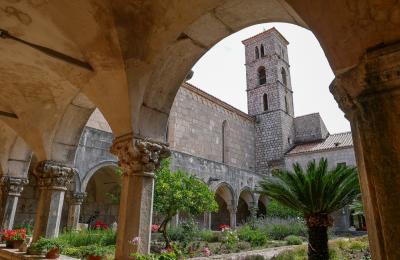
 Turistička zajednica općine Ston
Turistička zajednica općine Ston







 Povećaj font
Povećaj font Smanji font
Smanji font Crno bijelo
Crno bijelo Visoki kontrast
Visoki kontrast Negativni kontrast
Negativni kontrast Svjetla pozadina
Svjetla pozadina Podcrtane poveznice
Podcrtane poveznice